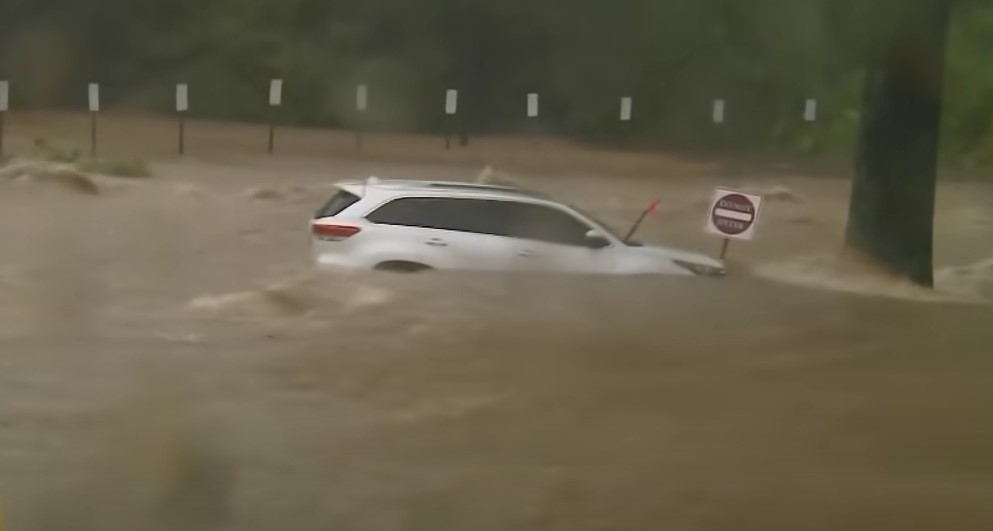Helene made landfall Thursday evening in northwestern Florida as a Category 4 hurricane.
Others are reading now
The death toll from Hurricane Helene in the southeastern United States has risen to at least 63 as of Saturday, according to local authorities.
A Long Road to Recovery
The storm left millions without power across ten states, from Florida to Indiana, following its devastating path.
At least 24 people have died in South Carolina, 17 in Georgia, 11 in Florida, ten in North Carolina, and one in Virginia, reports AFP.
Helene made landfall Thursday evening in northwestern Florida as a Category 4 hurricane, with winds reaching 225 km/h (140 mph). The storm moved north, gradually losing strength but leaving behind widespread destruction, according to Ziare.
Also read
President Joe Biden expressed his sorrow over the loss of life and devastation. “The road to recovery will be long,” he remarked on Saturday.
Six states, including Alabama, Florida, Georgia, North Carolina, South Carolina, and Tennessee, declared a federal state of emergency in response to the storm. Over 800 Federal Emergency Management Agency (FEMA) workers have been mobilized to assist with recovery efforts.
2,7 Million People Without Electricity
Teams are working tirelessly to restore power and manage the aftermath of massive flooding, which has destroyed homes, roads, and businesses. Their work is hindered by rugged terrain and blocked roads. According to PowerOutage.us, over 2.7 million people were still without electricity by Saturday evening.
In Florida’s Cedar Key, a small island community, homes were ripped apart, and essential services were destroyed. “It breaks my heart to see this,” said local worker Gabe Doty, lamenting the devastation.
This hurricane ranks among the most severe storms in recent history for parts of North Carolina, according to Governor Roy Cooper. Scientists have also linked the rapid intensification of Helene to unusually warm waters, a phenomenon exacerbated by climate change.

